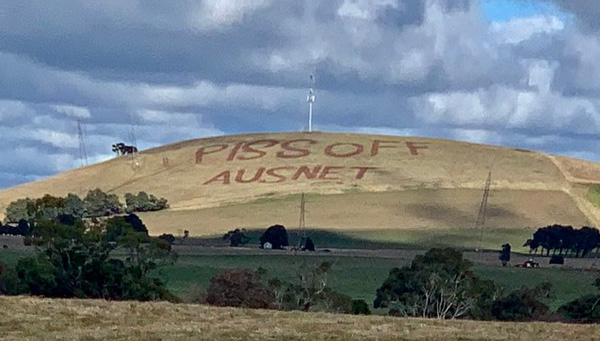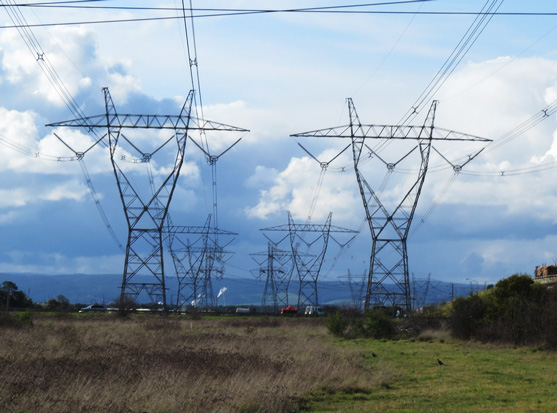
Who wouldn’t want to wake up to these beautiful towers…
By Jo Nova
Just another community horror thanks to Green fantasies
Australia’s Power Grid is full they say, and to collect all the sacred green electrons and save the world now means building thousands of kilometers of high voltage towers that will carve up farms and wilderness, damage property values, and ruin good farming land. For some reason, inner city activists think that’s a good idea.
But out in the country farmers and rural people are angry.
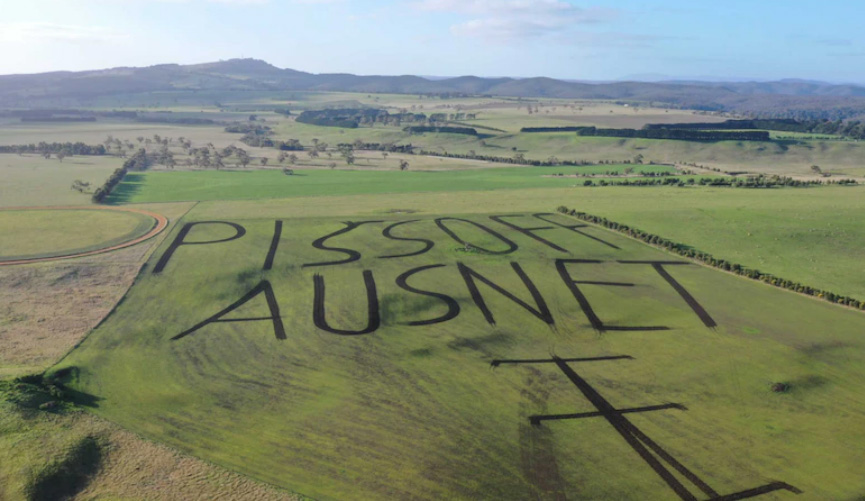
Western Victorian Farmer protesting against new High Voltage Transmission Towers
Few people want giant wind turbines spoiling the view and their sleep, but if the turbines are built in lonely far-flung spots, then thousands of 70m high steel towers will have to cross the land anyhow to connect their useless electrons.
In theory the Renewable Crash Test Dummy nation “needs” another 10,000km of new transmission lines and they’re supposed to be built before 2030. To get some idea of just how impossible this is, consider Humelink which is meant to be the interconnector to “Snowy 2.0” (the doomed pumped storage scheme). It is only 360km long and was supposed to cost $1.1 billion but is now projected to cost $3.3 billion. What will the other 9,600 kilometers worth cost?
We’re struggling to build those towers
It may have seemed like a good idea on the back of an envelope in Canberra, but out in the country, landowners are forming alliances to refuse the compensation on offer, saying they want the lines put underground, which will make building the transmission lines even slower and much more expensive. Only about 40% of the property owners affected by Humelink plans have accepted the offers, which means 60% haven’t. Given the schedule for blowing up coal plants in Australia, governments here are getting desperate, and are ramping up the offers — in NSW and Victoria landowners could get as much as $200,000 per kilometer in compensation. In Queensland the going rate is $300,000.
Farmers are not impressed. Some were arguing that they would lose an 80 m wide easement across their land. They can’t build or dig too close to the towers in case it weakens the footings.
This banker (and his neighbours) could slow the energy transition
Angela Macdonald-Smith and Colin Packham —Australian Financial Review
Katz – and others – have already rejected an offer from the NSW government of $200,000 for every kilometre of his land crossed by a major infrastructure project, a payment which was designed to put an end to a deadlock between landowners and the state.
Katz says that allowing large pylons – each as tall as those on the Sydney Harbour Bridge – would reduce the value of his property by 30 per cent and significantly change how he manages his herd of cattle.
I do not believe, … that it makes sense to build it as an overhead line with such huge risks in causing environmental destruction in the name of saving the environment. That seems to me a non sequitur of monumental portions,” Katz tells AFR Weekend.
Origin Energy chief executive Frank Calabria assesses the scale of change required this decade to meet targets for 2030 as “truly staggering”.
Calabria told a business lunch in late November that the urgency and complexity of the challenge to meet the 2030 targets increases every day – as does the cost. The risk looms large of losing support for the transition from the community, which has been promised cheaper and cleaner energy from the process with little perception of the expense involved, he says.
One young Victorian farmer started building a new dream home only to find the bureaucrats wanted to erect the towers on his property and only 60m from his house. “I’m completely gutted,” he said.
4,000 people have joined the “Piss Off Ausnet” protest group in Victoria and protests are continuing. In NSW, the HumeLink Alliance are growing and further north The Merriwa Cassilis Alliance have won concessions in the Hunter Valley. (The line will now go through public land and old mining areas which will reduce the impact on farmers). Never mind about the wilderness though…
They explained some of the ways these transmission lines affect farmers:
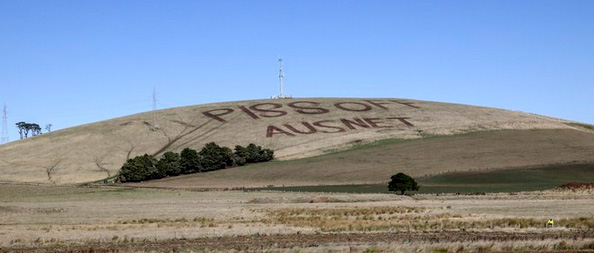
By Redmond Herring Near Blampied in Vic.
It takes a lot of infrastructure to connect up the Green Totems:
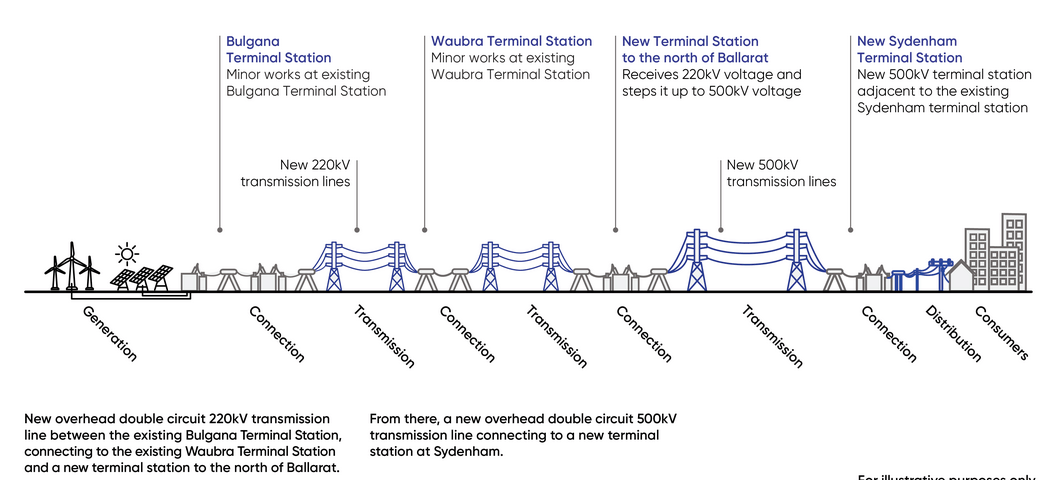
So much infrastructure, all of it expensive and completely unneccessary. — Source: (Western Renewables Link)
Australians lose either way
If the government pays for the transmission lines, and pays adequate compensation to farmers, which they should if they build them, that just means the average Australian gets screwed for a even bigger bill to build the Green religious talismans against storms a hundred years from now.
The only people who benefit are the subsidy-farmers in the city, the foreign manufacturers of unreliable generators, adversaries that want to ruin competing industries, and any potential military foe.
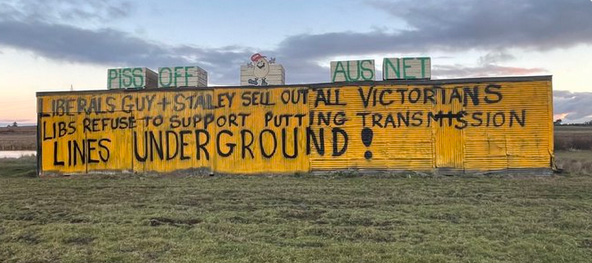
…
It would cost about 0.0001% of this to audit the UN science committees and find that it was all a waste of money.
